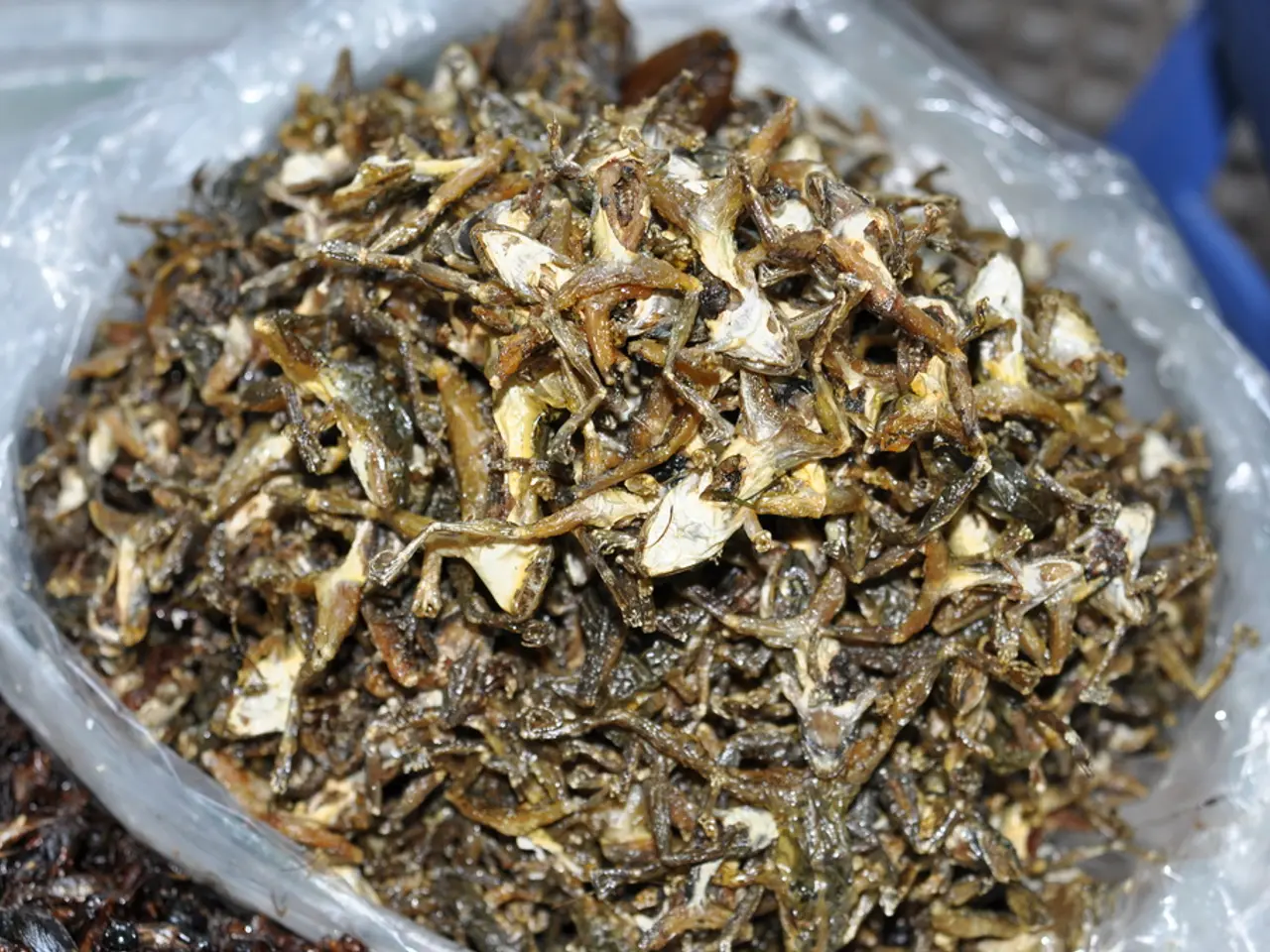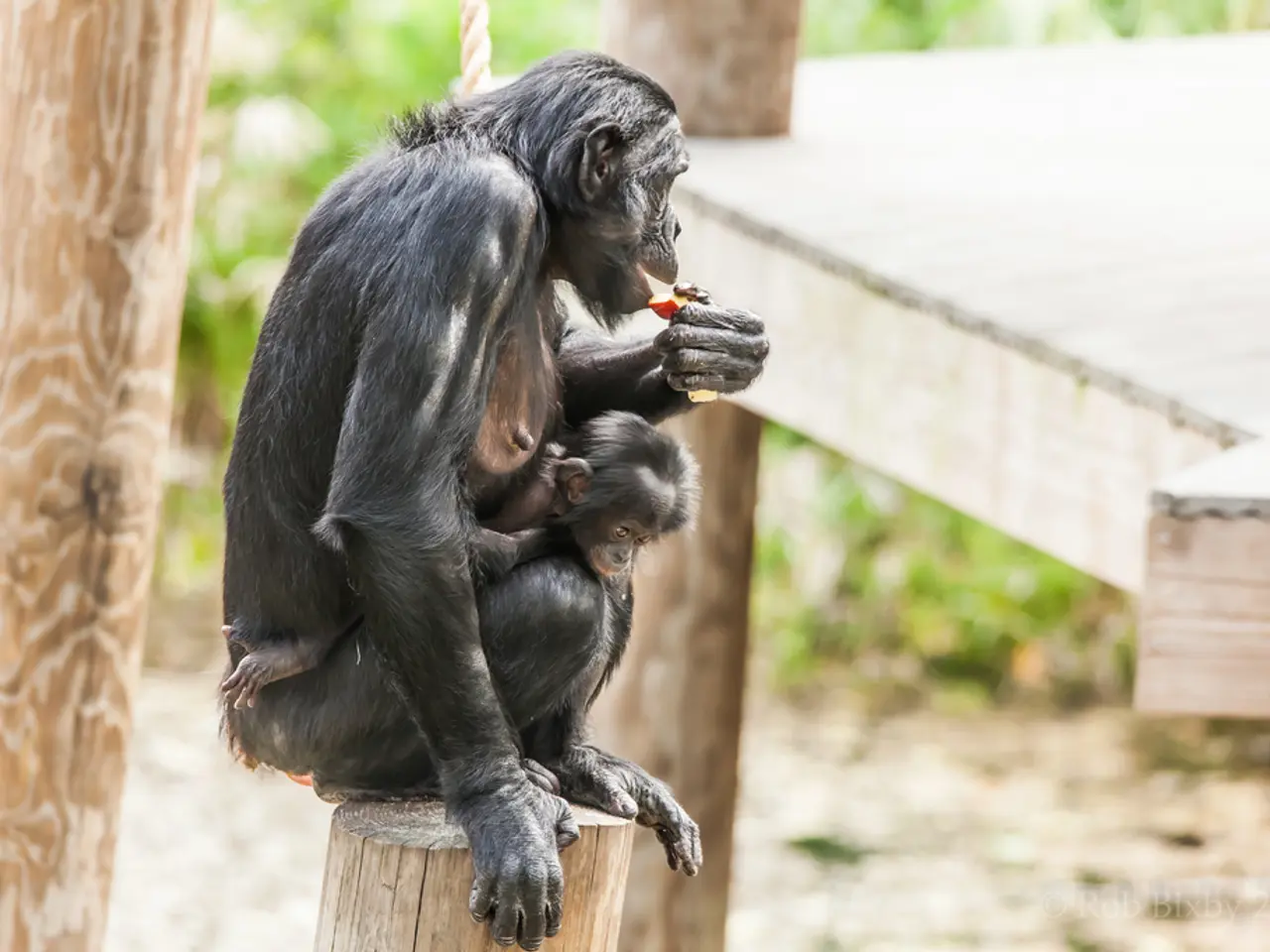"Vessel ShipGoo001": Enigmatic Alien Life Form Uncovered, Covering a Vessel in the Great Lakes
A new microbial species, named "ShipGoo001", has been discovered by researchers at the University of Minnesota Duluth's Large Lakes Observatory (LLO) during routine maintenance of the research vessel Blue Heron at the Great Lakes Shipyard in Cleveland.
The discovery was made when a strange, tar-like substance was found oozing out of the ship's rudder shaft. The substance, initially thought to contain no life due to the harsh conditions within the rudder shaft - warm, oily, and oxygen-free - was found to contain viable DNA and biomass, indicating an active microbial community thriving there.
DNA sequencing and comparison with global databases confirmed that ShipGoo001 represents a previously unknown species of microbe. The organism appears to be adapted to the unique niche conditions of the rudder shaft, characterized by low oxygen and the presence of grease and oils.
Biologist and lead researcher Cody Sheik was surprised to find DNA in the goo that was not too degraded and the biomass was not too low. The microbes found in ShipGoo001 appear to thrive in environments with no oxygen, similar to other microbes previously discovered in petroleum wells and tar pits around the world.
The discovery is significant because it reveals that novel lifeforms can exist even in human-made, built environments that are rarely studied for microbial diversity. The current understanding of ShipGoo001 is that it may contribute to the erosion of the metal rudder shaft, but its ecological role or potential applications are still unknown. Ongoing research may reveal its significance to science and society.
The Blue Heron, the largest US academic research fleet vessel on the Great Lakes, was brought into the Great Lakes Shipyard to fix a noisy propeller shaft. The discovery of ShipGoo001 was unexpected, as the maintenance team was not anticipating finding anything of interest. Investigating other objects or research vessels could potentially reveal more unknown lifeforms. The genome of ShipGoo0001 will be made publicly available.
The findings about ShipGoo001 will be published in due course. It is worth noting that ShipGoo001 was not observed during a previous repair in 2021. The Large Lakes Observatory Marine Superintendent Doug Ricketts contacted researchers at the University of Minnesota Duluth to investigate the goo.
This case highlights that there is still much to learn about microbial life in unconventional places, including on and within vessels operating in freshwater ecosystems like the Great Lakes. The discovery of ShipGoo001 underscores the importance of continued research and exploration in unexpected environments.
[1] University of Minnesota Duluth (2023). New microbial species discovered in research vessel Blue Heron's rudder shaft. [online] Available at: https://www.d.umn.edu/news/new-microbial-species-discovered-research-vessel-blue-herons-rudder-shaft
[2] Great Lakes Shipyard (2023). Blue Heron undergoes maintenance at Great Lakes Shipyard. [online] Available at: https://www.greatlakesshipyard.com/news/blue-heron-undergoes-maintenance-at-great-lakes-shipyard
[3] National Science Foundation (2023). Researchers discover new microbial species in research vessel Blue Heron's rudder shaft. [online] Available at: https://www.nsf.gov/news/news_summ.jsp?cntn_id=301384&org=NSF&from=news
The discovery of ShipGoo001, a new microbial species, has sparked interest in both the health-and-wellness of the Great Lakes ecosystem and the realm of science, as its adaptation to harsh and unique environments like the rudder shaft provides insights into the potential existence and resilience of life in various conditions. Ongoing research may uncover the ecological role and potential applications of this organism, shedding light on its significance to both science and health-and-wellness.
The development of ShipGoo001's genome and its publication in scientific journals could potentially inspire further research into microbial diversity in human-made environments, including those that are rarely studied, and contribute to the advancement of scientific understanding in the field of health-and-wellness.




